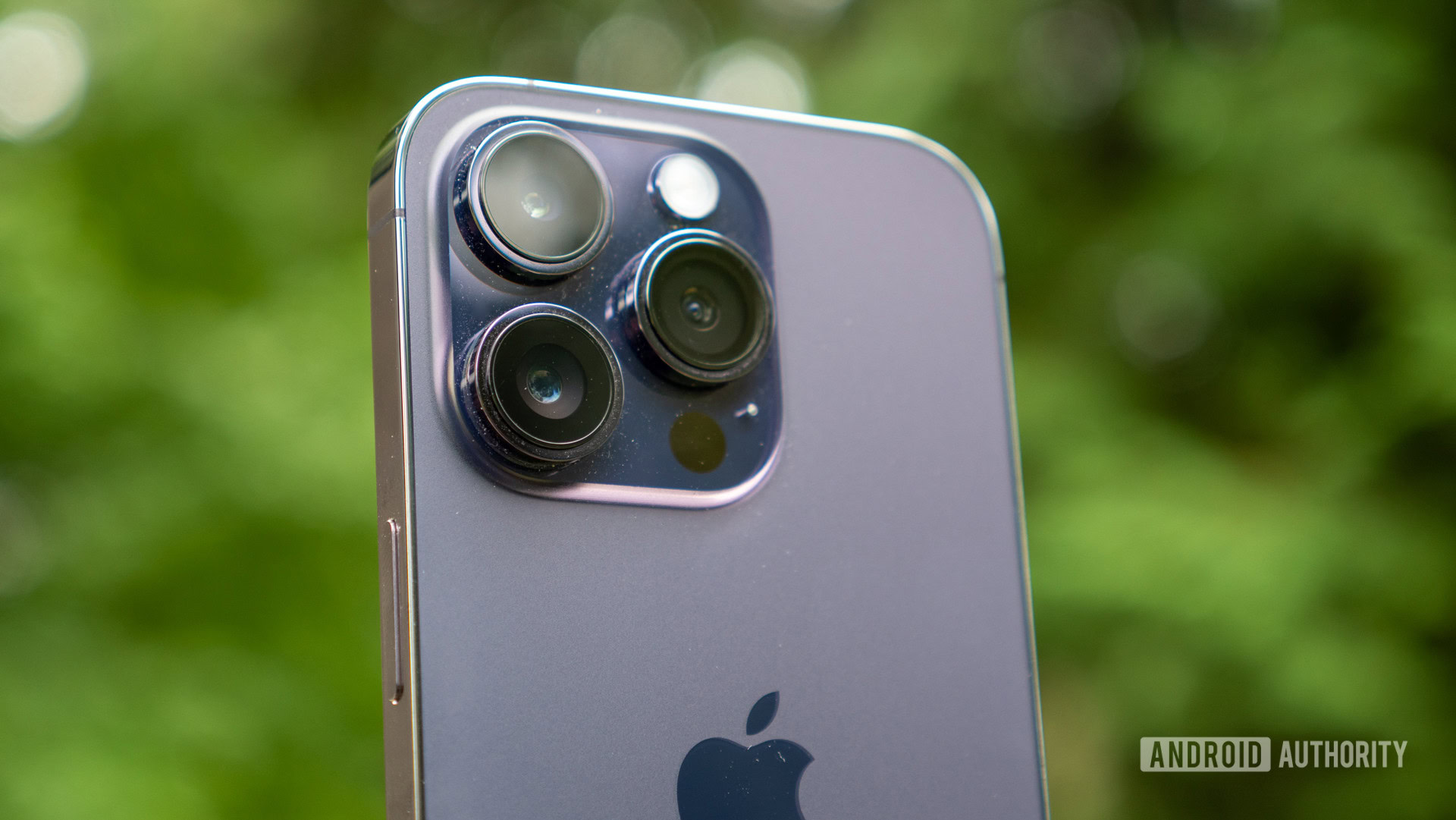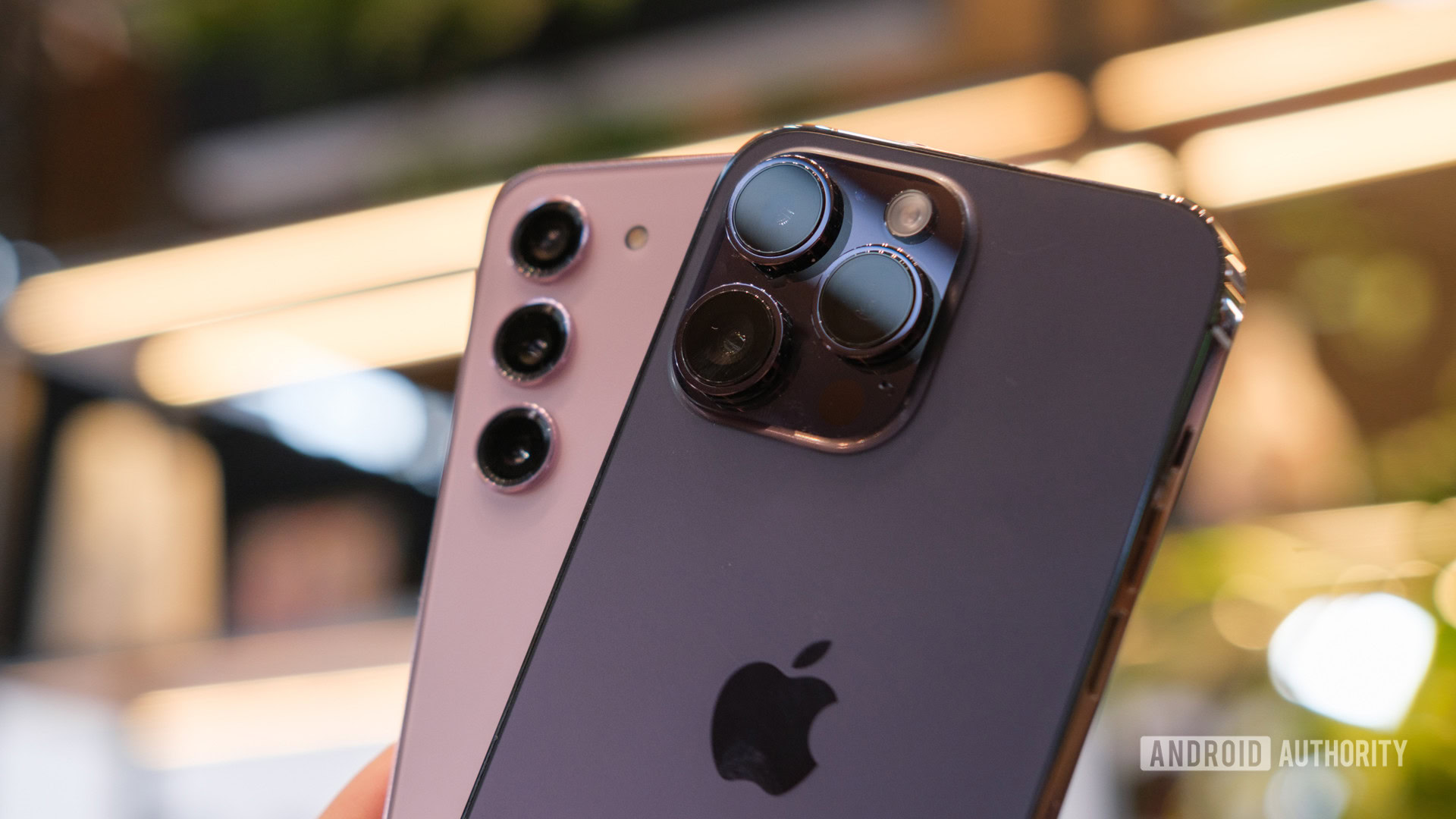Affiliate links on Android Authority may earn us a commission. Learn more.
What is glass-ceramic? Apple's Ceramic Shield explained

The iPhone 14 and last couple of generations sport a new protective glass coating called Ceramic Shield. Ceramic Shield promises up to 4x better drop resistance than previous iPhones, clear optical performance, and general scratch resistance. Apple hasn’t had the best reputation for glass protection in the past, so this technology offers an important improvement.
The question is how exactly did Apple come up with this new glass technology, and can it compare against other options on the market? Well, for starters, it’s made by Corning, the designers behind Gorilla Glass.
Apple’s iPhone Ceramic Shield explained
Apple provides a clue about its latest choice of protective glass right in the name. The key is ceramic crystals.
These small ceramic nanocrystals are embedded in the glass matrix using a high-temperature crystallization manufacturing process. The interlocking structure of crystals helps to deflect cracks and chips. Corning further strengthens the glass via ion exchange (essentially increasing the ion sizes to create a more rigid structure) to help hold the glass together in the event of damage and reduce the signs of scratches.
According to Corning, “Ceramic Shield is tougher than any smartphone glass available today.” Apple claims Ceramic Shield offers 4x drop protection compared to previous iPhone models, so it should be very sturdy.
The main benefit of this ceramic approach is minimal flaws and tough strength. However, ceramics are not usually highly transparent like regular glass. We’ve seen ceramic glass used before on the back of smartphones like 2019’s Samsung Galaxy S10 Plus, but it’s used less often as a protective glass for displays for this reason. However, thanks to the use of tiny ceramic crystals that are smaller than the wavelength of light, Ceramic Shield ends up with very high transparency, making it suitable to cover the iPhone’s display.
Ceramic Shield vs Gorilla Glass Victus 2

So how does Ceramic Shield differ from the latest Gorilla Glass Victus 2 found on Android flagships? According to Corning, Gorilla Glass Victus 2 offers improved drop performance on concrete while still preserving Gorilla Glass Victus’ scratch resistance. That’s a lot better than the competition, but the company doesn’t publish comparative results between its own products, including the Ceramic Shield used on modern iPhones.
Still, we know that Victus 2 is a strengthened alumino-silicate glass rather than a glass-ceramic. Alumino-silicate glass is known for its low weight, high scratch resistance, and extreme hardness. That makes it ideal to protect smartphone displays. This type of glass is also resistant to high temperatures and chemical degradation, although these properties aren’t really applicable to handsets.
Once again, Victus boasts up to two-meter drop protection, even on rough surfaces, and 4x the resistance of competitors’ aluminosilicate glasses. It does so all without increasing the thickness of the glass compared to previous generations, according to Corning.
Without a head-to-head comparison, we can’t say which offers the very best drop protection. But whether your phone sports the latest Ceramic Shield or Gorilla Glass, handsets are becoming that bit more resilient to scratches and drops.